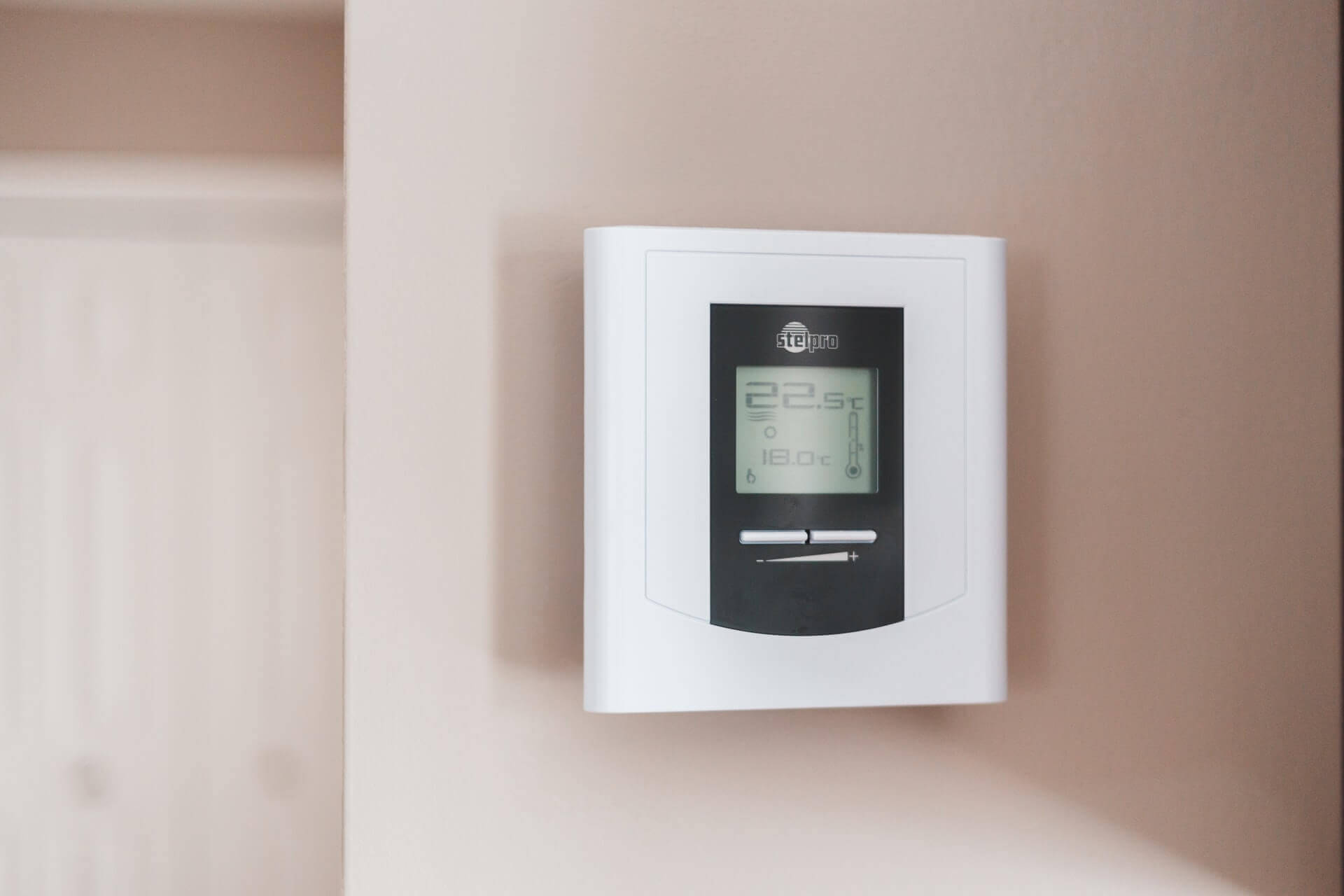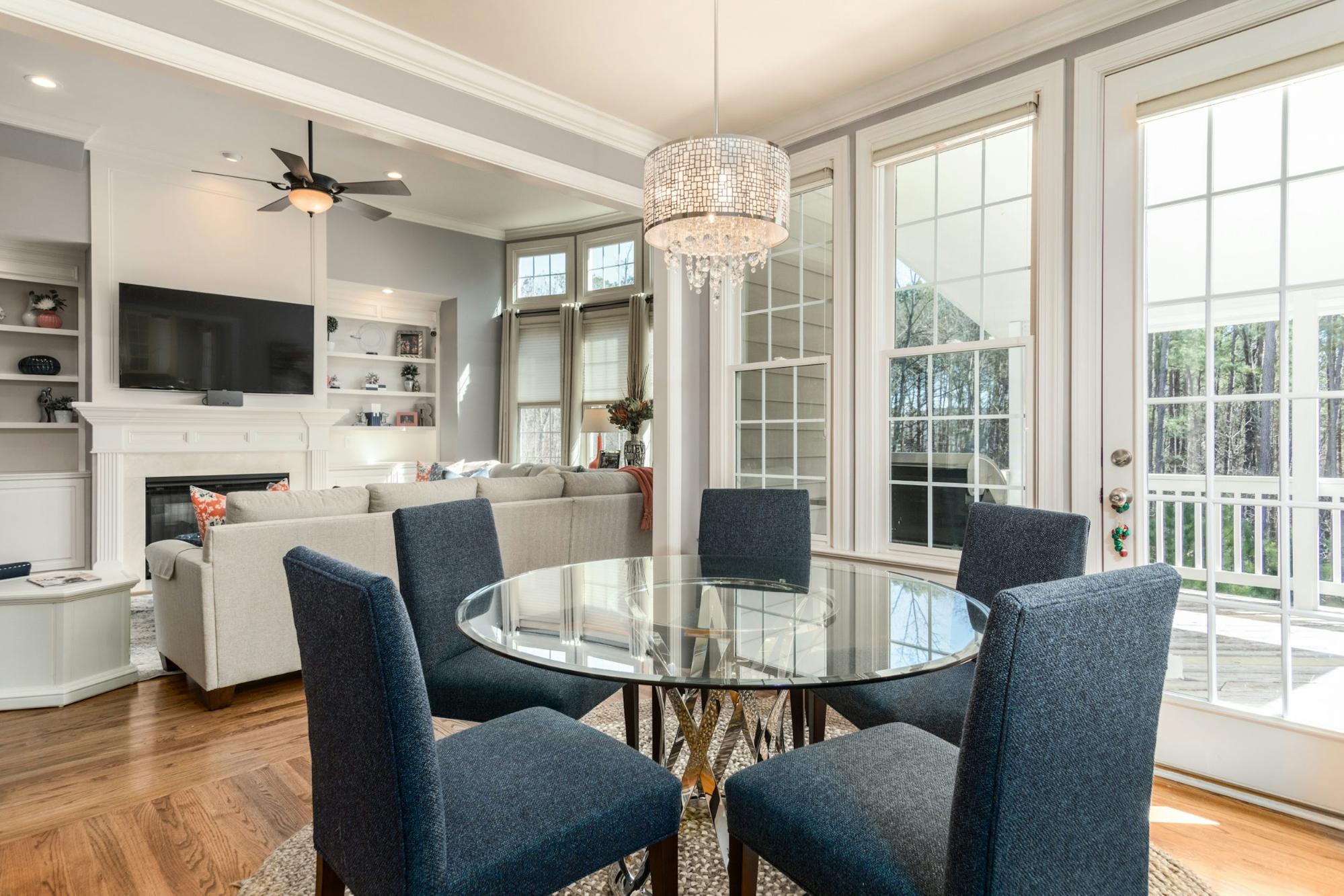Save on your energy bills: How the choice of doors impacts your thermal insulation

In our constant quest for energy savings and sustainability, attention is often focused on aspects such as windows, insulation and heating systems. However, a key component that deserves our full attention is often overlooked: doors. The article explores in detail how the choice of doors can significantly influence the thermal insulation of your home, thus playing a crucial role in reducing energy costs.
1. Link between doors and thermal insulation
When considering how to optimize the energy efficiency of a home, it is essential to understand how each element contributes to maintaining a comfortable indoor temperature. Doors, often considered as simple entry and exit points, are in fact key players in maintaining indoor heat and preventing energy losses.
2. Door types and energy efficiency
2.1 Wooden doors: Classic charm with a thermal challenge
Wooden doors, prized for their warm aesthetics, however, present challenges in terms of energy efficiency. To maximize their benefits, opt for models with an integrated insulating core, thus combining the charm of wood with a reduction in heat loss.
2.2 Metal doors: Sustainability with thermal concerns
Metal doors, which are known for their durability, can cause thermal conductivity problems. Modern options with integrated thermal insulation offer a solution by significantly reducing unwanted heat transfers.
2.3 Fiberglass doors: The perfect balance between efficiency and aesthetics
Fiberglass doors provide excellent thermal insulation while mimicking the appearance of wood. Durable and requiring little maintenance, they represent an optimal balance between energy efficiency and aesthetics.
3. Importance of professional installation
The professional installation of energy-efficient doors is critical to optimize their performance. This step guarantees maximum tightness, limiting unwanted air infiltrations that could compromise energy efficiency. Specialized professionals ensure a precise connection between the door and the frame, thus minimizing thermal bridges. This meticulous approach not only contributes to maintaining a constant indoor temperature, but also significantly reduces heat loss.
3.1 Watertightness and insulation
Professional installation ensures optimal sealing by eliminating any space that may allow outside air to enter. Professionals ensure that the door fits snugly into the frame, preventing unwanted air leaks. In addition, this installation includes the use of high-quality insulating materials to enhance energy efficiency.
3.2 Reduction of thermal bridges
Thermal bridges, areas where heat escapes more quickly, are minimized through professional installation. This approach ensures a tight connection between the door and the frame, reducing points that are vulnerable to heat loss. By eliminating these thermal bridges, professional installation contributes significantly to maintaining a comfortable and energy-efficient indoor environment.
3.3 Long-term sustainability
Beyond immediate efficiency, professional installation ensures the long-term durability of energy-efficient doors. Appropriate installation techniques reduce the risk of premature failure, ensuring that the door continues to function optimally over the years. This increased durability maximizes return on investment and extends the useful life of the door.
4. Careful selection of door materials
When it comes to choosing materials for your doors to improve the energy efficiency of your home, several factors need to be taken into account.
4.1 Insulation and thermal conductivity
To ensure effective thermal insulation, choose materials such as wood, which is known for its natural insulating properties. Steel, although less insulating, can be improved with modern insulation technologies.
4.2 Weight and stability
Finding the right balance between thermal insulation and weight is essential. Doors that are too heavy can cause premature wear of the hinges. Opt for materials that offer both insulation and stability.
4.3 Durability and maintenance
Choose materials that are weather- and insect-resistant to ensure durability. In this way, reduce the need for frequent replacements and limit the ecological impact.
4.4 Aesthetics and architectural harmony
In addition to functional considerations, consider aesthetics. Well-chosen doors can add visual value to your home. Opt for materials that are in harmony with the architectural style of your property.
Careful selection of door materials plays a key role in improving the energy efficiency of your home. Look for the perfect balance between insulation, weight, durability and aesthetics to ensure optimal performance without compromising practicality and long-term maintenance.
5. Long-term financial benefits
Investing in highly insulated doors may initially cost more, but the long-term financial benefits are significant. Savings on energy bills often offset these initial costs, turning the investment into a profitable decision in the long run.
6. Government Incentives and Grants
Many governments offer financial incentives to encourage the adoption of energy-efficient solutions. By turning to energy-efficient doors, you may be eligible for grants or tax credits that help reduce the overall cost of your project. Learning about these programs available in your area is crucial to maximizing savings while contributing to more sustainable practices. These incentives can make a significant difference in the return on your investment and reinforce your commitment to an energy-efficient home. Check with local authorities or professionals in the sector to find out what opportunities are available.
7. Tips for maximizing the efficiency of existing doors
While completely replacing doors is not an option, simple improvements such as adding seals and strengthening insulation can significantly improve the thermal efficiency of existing doors.
In conclusion, every door choice can have a significant impact on the energy efficiency of your home. By investing in well-designed doors, installing them properly, and exploring government incentives, you can make significant savings on your energy bills while contributing to a more sustainable future. Think of doors as guardians of warmth, and they'll reward you with significant energy savings over time.
Guarantee: No traces, no stress — only lasting results.
5 000 +
96%
$6,275



.avif)



